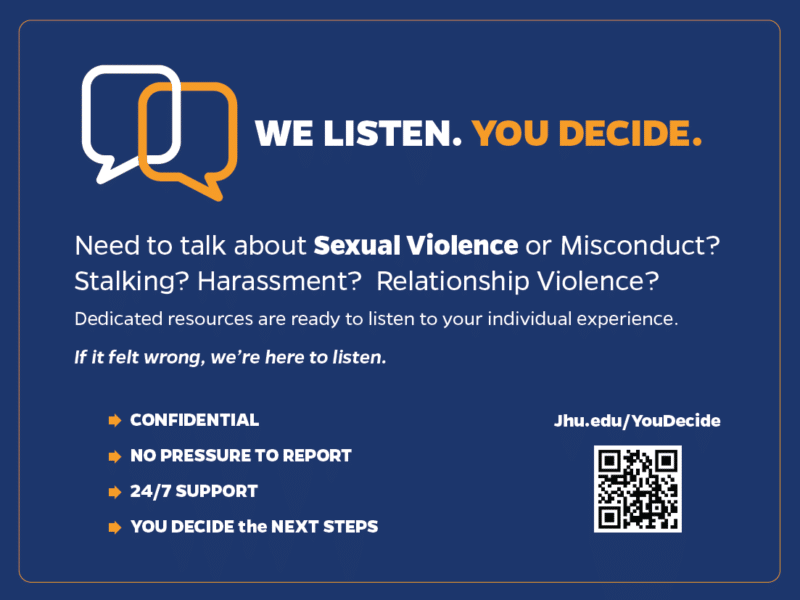In a public health emergency, people need information: they need updates on the response, and perhaps more importantly, a set of actions they can take to protect themselves, their families, and communities. Communicating this information in a culturally-appropriate and empowering way, so that people not only comprehend but are able to take such actions, is a vital part of any emergency response.
Communication has not historically been incorporated in containment strategies at the onset of emergencies. For many, its importance was made clear during the West African Ebola epidemic, when the international response faced criticism for allowing misinformation and fear to spread during the epidemic’s early stages.
As the global health community comes together to combat the spread of Zika, communication has been central to its strategy – ensuring a stronger response that can protect more people. Global health leaders like the U.S. Agency for International Development (USAID) and the World Health Organization (WHO) included communication as a core component of their Zika response, strategically using communication to promote important changes in knowledge, attitudes, norms, beliefs and, ultimately, behavior. This field of strategic communication, called social and behavior change communication (or SBCC), provides people with the information they need during an emergency, while using evidence-based approaches to inspire the adoption of preventive and healthy behaviors.
Within weeks of Zika’s declaration as a global emergency, USAID had SBCC experts from CCP’s Health Communication Capacity Collaborative (HC3) project on the ground in Central America. These experts studied how SBCC was being used in local response efforts in Dominican Republic, El Salvador, Guatemala and Honduras. This assessment, summarized in the SBCC Landscaping Report, recommended strategies to meet Zika-related communication needs in all four countries. It also informed CCP’s development of a Strategic Communication Framework for Zika Prevention, which is intended to guide the development and implementation of Zika SBCC strategies. Supported by USAID, CCP is now using this Framework to provide technical support to Zika SBCC interventions throughout Latin America.
Drawing on CCP’s years of experience and the recently developed SBCC for Emergency Preparedness iKit, the Framework guides individuals and organizations through the development of SBCC materials. Intended for people with any level of SBCC knowledge or experience, the Framework helps them to use a theory- and research-based process to create appropriate Zika messaging. The framework provides templates and key messaging for audiences affected by Zika, all easily adapted to suit any country’s context. One of the strengths of CCP’s Zika Strategic Communication Framework, according to Alice Payne Merritt, CCP’s Director of Technical Programs, is that it can take “different forms in different countries.” This ensures that the SBCC messaging is always appropriate for its context, including the current phase of the Zika response.
CCP has decades of experience developing and implementing SBCC campaigns in several areas that must be considered in Zika messaging, including family planning, outbreaks and epidemics, and mosquito-borne diseases. “Our experience and expertise in these areas made us well-suited to develop a comprehensive framework and work closely with country representatives to use and apply it to their context,” Gabrielle Hunter, Sr. Program Officer at CCP, explains.
Efficient SBCC during an emergency means that more people understand what they can do to protect themselves and that they are able to adopt these preventive behaviors. Responses are stronger, resulting in more lives saved and more resilient societies, when SBCC is considered at every stage.
As the world experiences new public health emergencies, the use of SBCC before, during and after emergencies only increases in importance. USAID and CCP are working together to not only ensure that SBCC is a tool used from the inception of any emergency response, but that this communication is appropriate, community-based and efficient. “The challenge is, ultimately, to best protect people,” says Alice Payne Merritt. “And SBCC is essential to achieving this.”
To learn more about how to use SBCC during public health emergencies, consider joining the Health Communication Capacity Collaborative (HC3) webinar ‘Improving Public Health Emergency Programs with SBCC‘ on January 26, 2017 at 8:30 am EST. This webinar will introduce the SBCC Emergency Helix and practical resources for integrating it into current and future public health emergencies. Speakers will discuss the importance of continuous community engagement, formative and operational research, and media partnership in emergency contexts. The discussion will draw upon speakers’ experiences with the Ebola and Zika responses.





